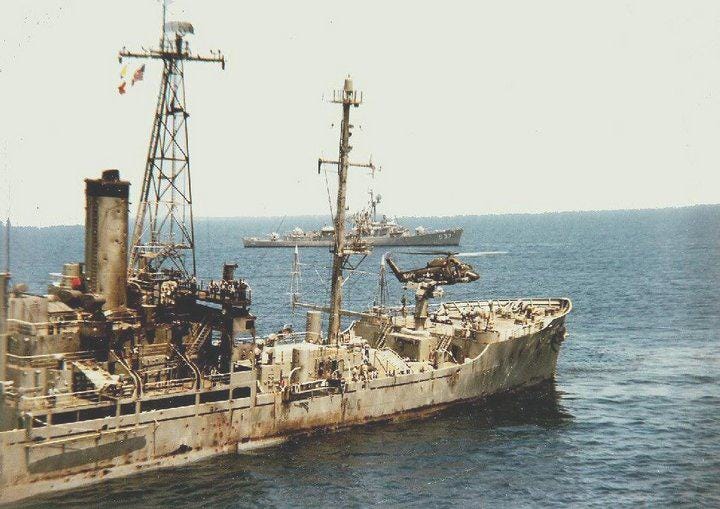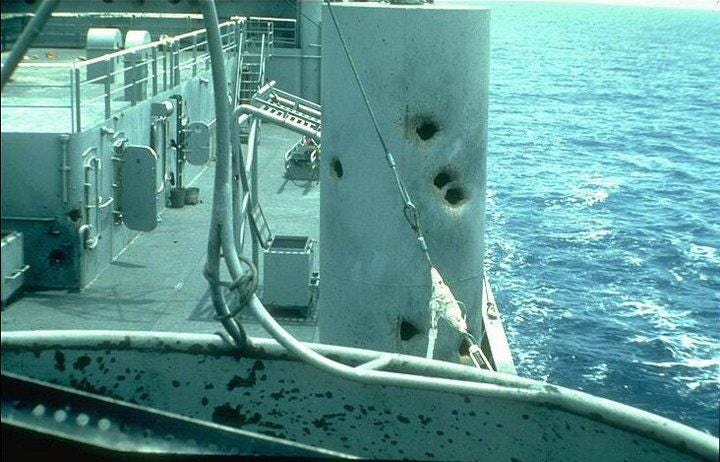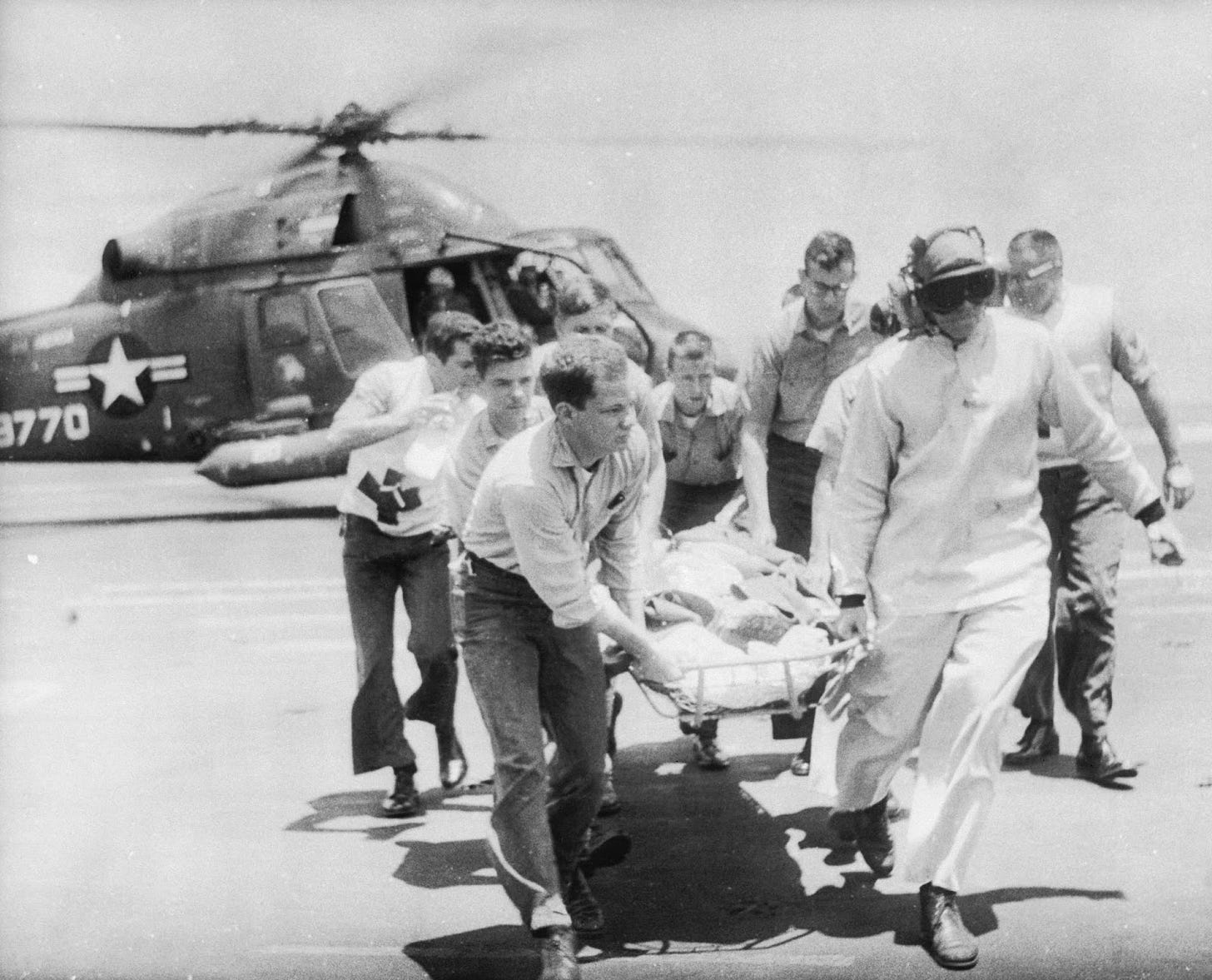A Cover-Up? Survivors of Israel’s Attack on US Ship Still Waiting for Answers 58 Years Later
A Zeteo special investigation gets a first-hand account of Israel’s 1967 attack on the USS Liberty from a survivor and examines why the truth remains so elusive.

“We were instructed that we could not talk about the attack, and if we did, we would be in major trouble. That was the major beginning of the cover-up in our eyes. The big part of the cover-up was already underway in Washington."
This is what Maurice Shafer, a survivor of an Israeli attack on an American ship nearly six decades ago, said in a testimonial delivered on a trip to Washington in 2006. Nearly 20 years later, Shafer is just as convinced the attack – and the ensuing US response – was all a cover-up.
Shafer remembers the incident as if it was yesterday. It was early June 1967. His ship, the USS Liberty, had been deployed to the Mediterranean near Egypt’s Sinai Peninsula as tensions rose between Israel and neighboring Arab states ahead of what would become the Six-Day War.
“We knew there was something going on there, but didn't have the full details,” Shafer, a then-Morse Code operator and communications technician on the intelligence-collecting ship, tells me. “Doesn't matter what I was intercepting. I never knew what I was intercepting.”
Upon pulling into the area, Shafer recalls, the crew could see mayhem in the distance. “We could see smoke and all that stuff on the Egyptian coast.” But upon seeing military aircraft with the Star of David on them, Shafer says, the crew was comforted.
“[K]nowing that's your number one ally,… we felt safe then, and they knew we were there,” he tells me.
“You could wave at them,” Shafer adds, on the proximity of the planes. “They waved at you.”
On June 8, Shafer recalls, he and a crewmate were finishing up some work, while others sunbathed. Clear skies, a spectacular forecast.
And then calamity struck.
A jet flew over, at a very low altitude. It was firing “to kill all the people it could kill,” Shafer says. Then, out of the sun, another plane emerged. “A missile went through my buddy that was standing about 15 feet from me,” Shafer adds. It killed him instantly. The crew was able to get one message out to the USS Saratoga for help during the attack, which Shafer, at the time, said they believed to be the work of the “Arabs.”
But the attack continued. As Shafer and his comrades ran inside, the rockets began blowing holes through the metal “so the shrapnel would kill everybody inside.”

Meanwhile, torpedo boats bearing what looked like Israeli flags approached, Shafer says. “The people up top-side felt, ‘Wow, that’s cool, man they’re coming to help.’ And as soon as they got close, they opened fire on us with rockets and missiles. So here now we know who’s attacking us.”
“We were dead, dead in the water.”
Shafer was in the room when an Israeli torpedo dealt among the most fatal blows that day. “Twenty-five in the room I was in were killed instantly, or drowned, we don’t know for sure.”
“We only identified one [of those killed] by a single body part,” Shafer says.
The ship’s captain soon ordered preparations to abandon the ship. Life rafts were launched. But Shafer says the attackers shot those, too.
More than an hour later, the attacks stopped.
Wayne Stiles, a rescue helicopter co-pilot on the USS America, recalls the devastation he saw the following morning. His team flew around the ship twice, trying to find a spot where they could land, but everything was destroyed, antennas and superstructure were hanging down everywhere. His chopper hovered at about 20 feet, as they sent a crewman down to the deck to help bring the wounded up to them.

“I'm sitting there as the co-pilot. I'm not flying, and my job was to look out my side at the ship and see [that] the evacuation was going okay because the hoist was right outside of my window,” he tells me. As he watched what was happening, he looked toward the gun tub, a circular area surrounding one of the ship’s guns, and he saw "several inches" of what he describes as "blood – mixed with seawater, probably – but mostly blood just sloshing back and forth in the gun tub.”
All told, a severely damaged ship (821 shell holes in the hull alone), 34 dead, 171 injured, in just over an hour. That’s two-thirds of the crew, injured or killed. The deadliest assault on a US ship since World War II.


